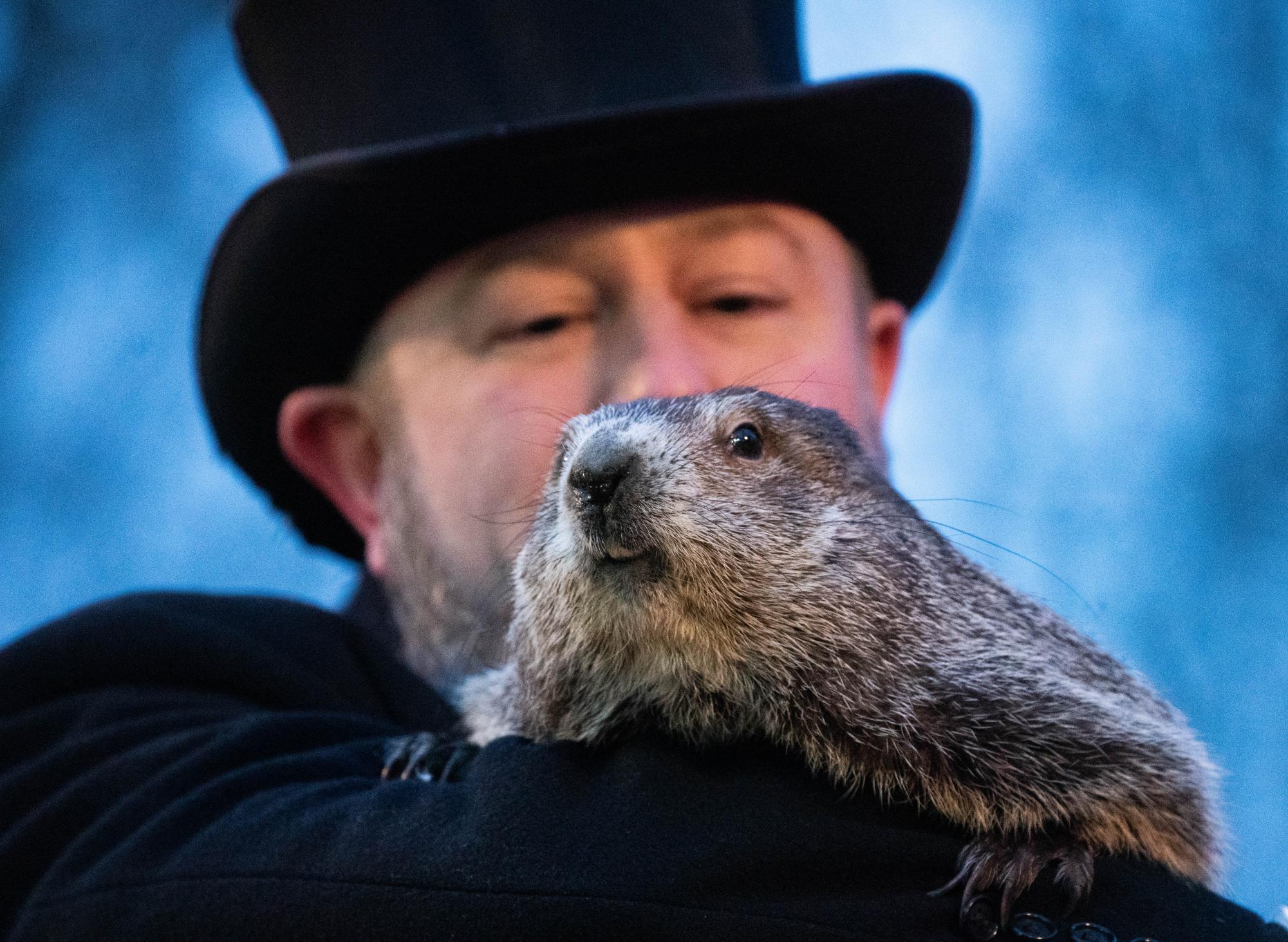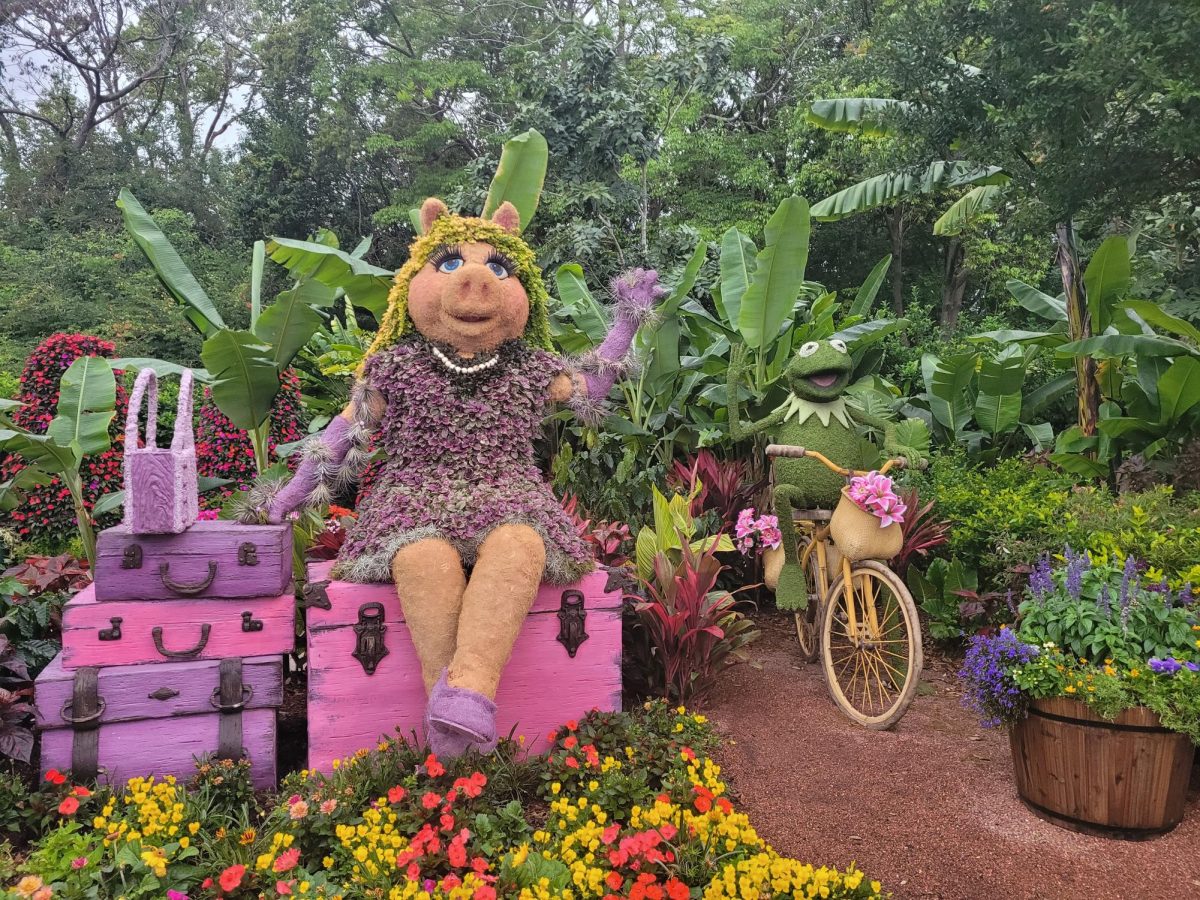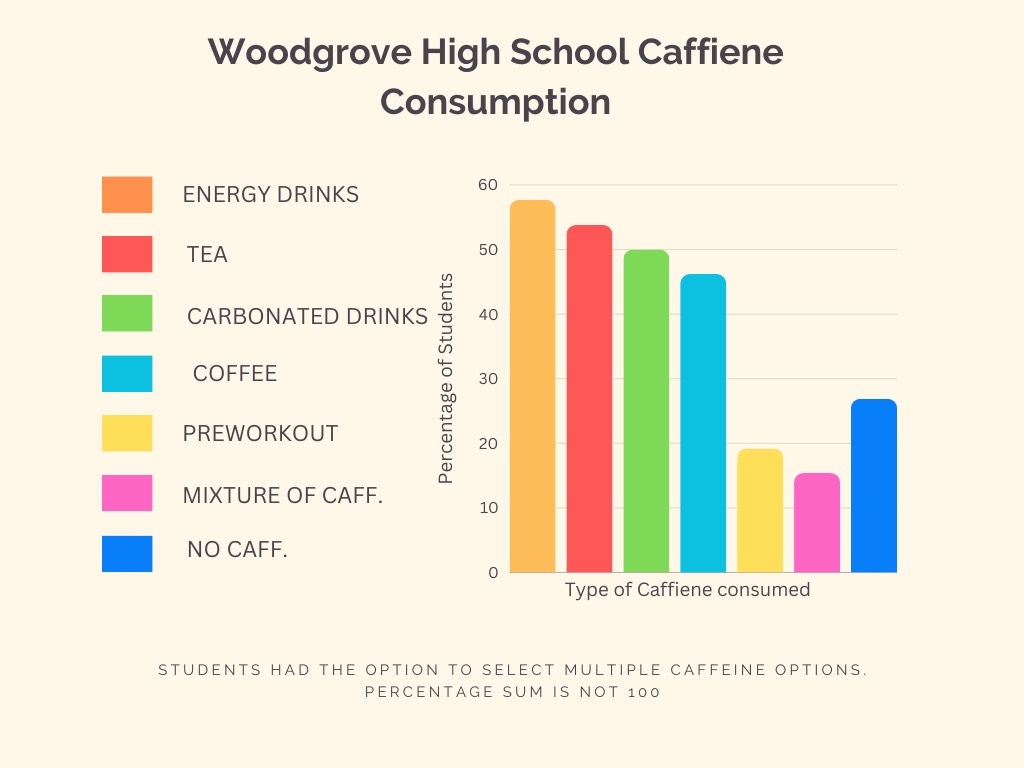Every year on February 2, a counsel of men in tophats appear before an eager audience of thousands.
Their leader is a glorified rodent, said to predict when winter ends and spring arrives.
Although a seemingly odd and random holiday, Groundhog Day’s origins can be traced back centuries and even have connections to other holidays. Before Christianity took its place in European culture, ancient holidays such as those occurring on what we now call Halloween and Mayday, were markers of the midway points between solstice and equinox. Pagan culture hinged on the shifting seasons.
When Christianity was adopted widespread across Europe, these original holidays were repurposed into Christian holidays, but they retained their seasonal significance. One of these holidays, happening on February first and later the second, was changed to Candlemas, when families brought their candles to mass to be blessed before use in the coming spring.
Along with this tradition, weather-telling lore was tied to February second. According to the Library of Congress, translations from Scottish and Latin rhymes say that the weather on Candlemas, the feast of the Purification of the Virgin Mary, or any holiday of the same date, would tell how soon spring weather would come. If that day was warm and sunny, winter would continue; if it were cold and rainy, it was time to welcome spring.
The earliest association of rodents with this holiday comes from Germany, where Candlemas was called Badger Day. The legend was that if the badger saw his shadow, he would go back into his hole for four more weeks of winter. As many German people immigrated to America in the nineteenth century, they carried this lore with them. As there were no badgers in America, they looked to the groundhog for their weather-telling, according to the 1840 journal entry of a Pennsylvania man.
German people and their culture stayed concentrated in Pennsylvania, and Groundhog Day traditions festered. In the early twentieth century, “Groundhog Lodges” developed in Pennsylvania Dutch country. According to William Donner in his book Serious Nonsense, hundreds of men would meet at these lodges. Present among them was a giant, crowned statue of a groundhog and a group of men in tophats who brought a stuffed groundhog to the podium. They announced the “groundhog’s” prediction, all in the Pennsylvania German language.
One of the best known Groundhog Day ceremonies has occurred since 1887 in Punxsutawney, Pennsylvania. A live groundhog from Gobbler’s Knob named “Punxsutawney Phil” was presented and spoken for by top-hatted men, or an “Inner Circle,” before thousands of people.
Though Punxsutawney Phil is likely the most famous groundhog(s) in the world, there are more prognosticating little animals throughout the nation. Located in Washington D.C. is Potomac Phil; the stuffed “brother” of Punxsutawney who makes not only weather predictions, but political ones too. Virginia’s groundhog, Chesapeake Chuck, has been making his own weather predictions since 2011, and was aided this year by Orion the deer, who also predicted that the Kansas City Chiefs would win the Superbowl.
The beloved Punxsutawney did not see his shadow this year, meaning spring is supposedly on it’s way, although Phil’s predictions are accurate only 30-40% of the time. However, Groundhog Day and the coming of Springtime do not literally rest on the shoulders of a rodent, but rather on humanity’s hope for change. This holiday allows those who celebrate to shift their focus from the dreary winter present to a time of new growth and light. The ancient tradition of early February’s hopes and dreams has been characterized by the groundhog, who will continue to inspire and connect people in this seasonal turning point.









